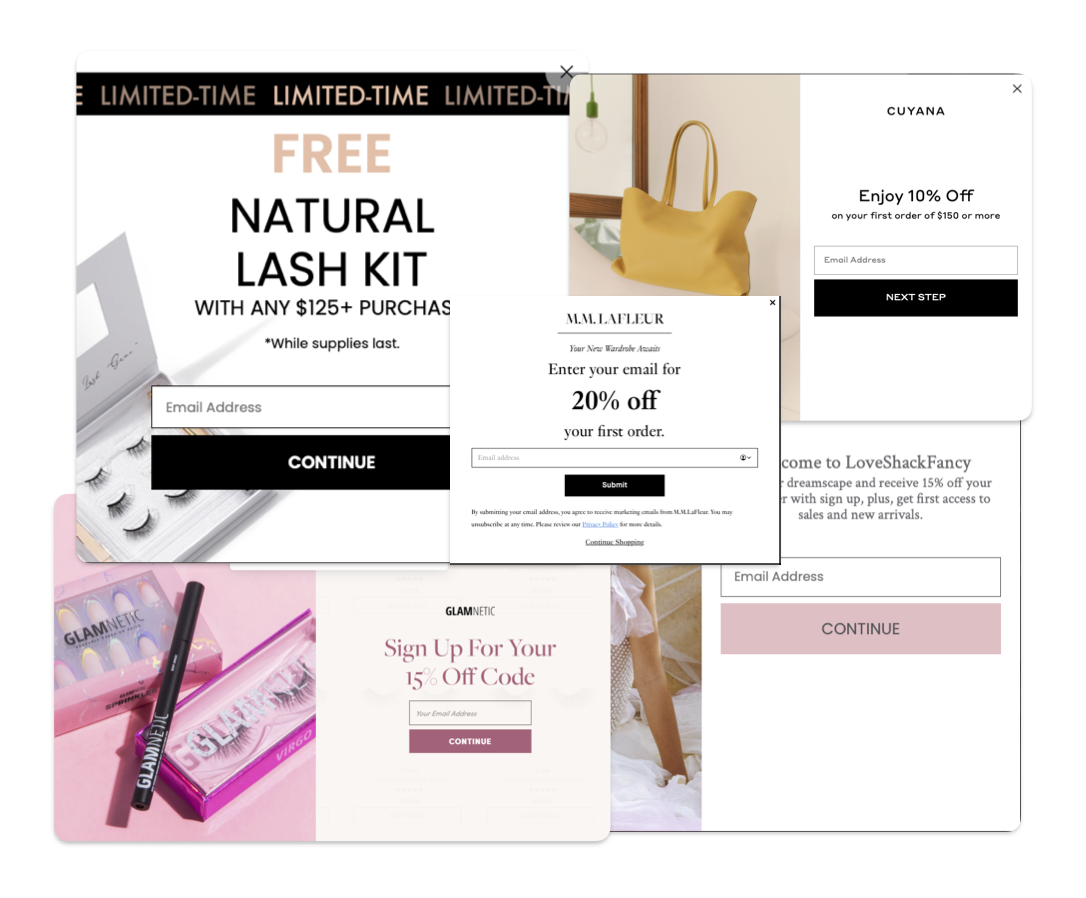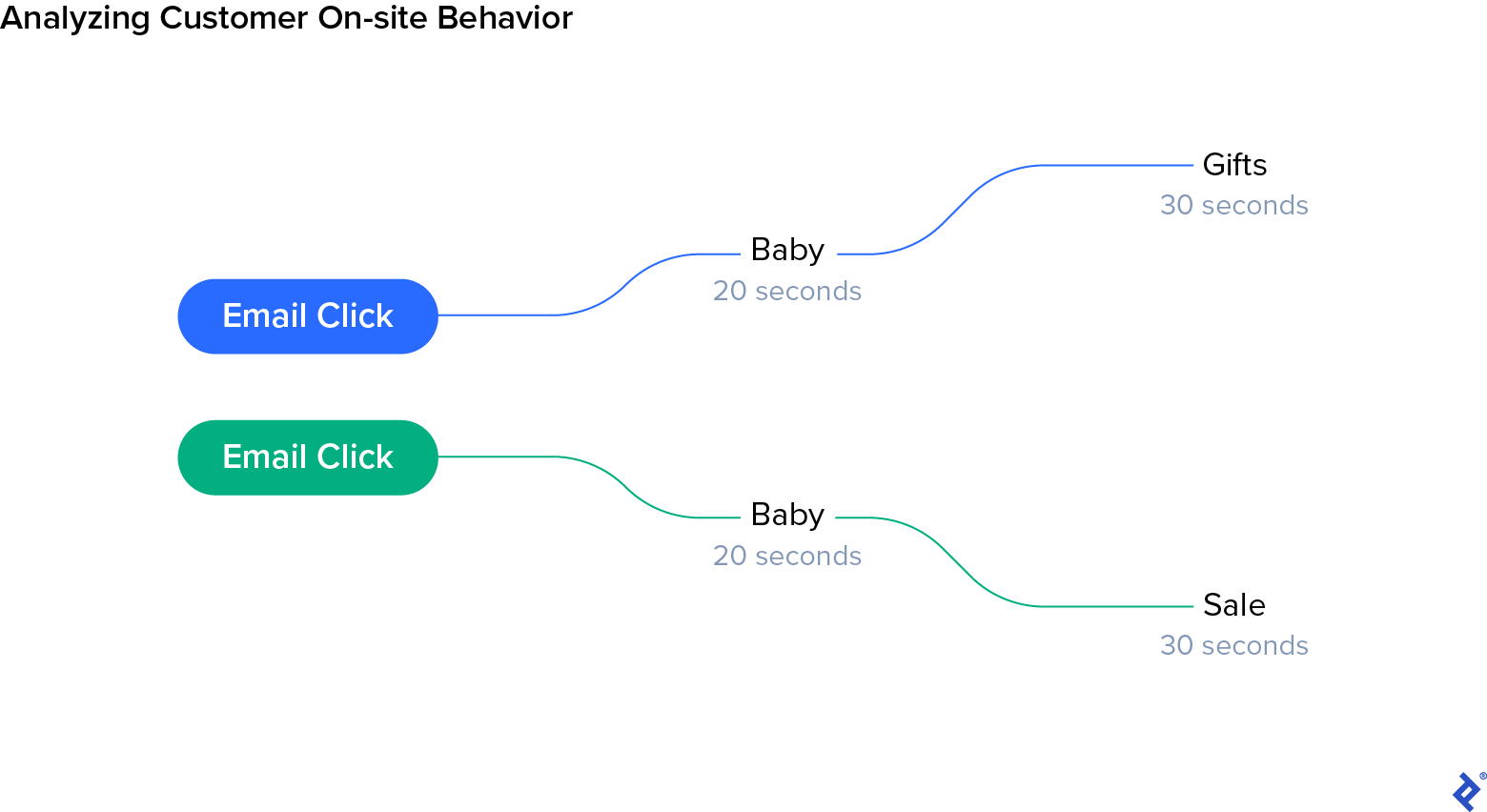Pivoting to First-party Data? Why Concierge Service Is Key
Unpopular third-party tracking tactics are on the decline. Pivot to a first-party data strategy to bolster customer relationships and boost revenue potential.
Unpopular third-party tracking tactics are on the decline. Pivot to a first-party data strategy to bolster customer relationships and boost revenue potential.
Keith is Senior Vice President of Product at Dentsu, one of the largest marketing and advertising agency networks in the world. He has 25 years of experience leveraging technology to create data-driven business solutions and specializes in identifying revenue opportunities, simplifying complex problems, and designing go-to-market strategies.
PREVIOUSLY AT

It’s been a rough few years for third-party data providers. In 2018, the European Union’s General Data Protection Regulation (GDPR) gave citizens the right to withhold personal data from businesses, and a wave of privacy-protection laws and regulations followed. In 2021, Apple launched its App Tracking Transparency feature and—along with Google and Mozilla—announced it would phase out third-party browser cookies. US President Joe Biden has called for tighter online privacy controls and limits on targeted advertising.
To comply with these restrictions and preempt future ones, e-commerce merchants and retail media advertisers should obtain their data directly from customers. Curating thoughtful customer feedback loops allows product managers to collect vital first-party data. This data powers audience measurement and targeted advertising while enabling customized products and services.
However, customers are often wary of sharing sensitive personal and financial information. To build a profitable first-party data collection strategy, e-commerce product managers, marketers, and advertisers must earn consumers’ trust.
Don’t Track, Listen
Don’t stalk customers with third-party cookies. Instead, get direct and indirect feedback from outreach responses, navigation behaviors, or reviews on social media. This type of customer listening doesn’t require email addresses or other personal identifiable information, so customers can keep their anonymity as they learn to trust your judgment.
For example, with each customer site visit, a concierge chatbot could greet visitors with a specific prompt such as, “I can suggest some great birthday gift ideas. Who’s next on your list?” Then the customer can select among spouse, parent, sibling, or child. By offering to help with a specific task, the chatbot introduces the idea of a value exchange—the more information the customer shares, the easier their shopping experience. As the conversation continues, the bot can follow up with more detailed questions about the gift recipient’s age or clothing size.
Ask for the customer’s preferred communication channel at checkout and follow up a few weeks after purchase to solicit feedback and ask if they found your suggestions helpful.

Demonstrate the Value of Personalization
Your data collection strategy should be central to your brand’s value proposition rather than a necessary evil. Engaging directly with site visitors improves products, support services, and personalized marketing, which in turn enhances the customer experience.
That said, customers should know what data you are collecting, how you’ll use it, and what they stand to gain from sharing it. Brand equity—a brand’s social reputation—can take years to build and just hours to demolish with faulty products or egregious data breaches. Products that secretly track, use, and sell customer data to brokers can also erode customer trust over time.
In other words, the best data collection strategies are transparent and helpful.
For example, say it’s autumn and a user on your e-commerce site lives in a region with harsh winters. When the user performs specific trigger actions, the product manager and marketing team could deploy a customized message via a chatbot or advertisement.
In this case, the product manager has prepared a chatbot with a script that pulls from data the customer shared previously:
It’s a beautiful day in [region], but winter is around the corner. If you don’t have a cozy coat, we can suggest some [preferred size] coats in [preferred color]. Click here, and we’ll email or text you personalized suggestions.
In this example, the brand is keeping its end of the value exchange bargain: The customer has volunteered their data and, in return, receives a personalized shopping experience.
Asking for too much information or using aggressive ad retargeting early in your relationship gives the impression you’ve been sneaking around. Instead, focus on broader data signals such as region, weather, or time of day/week/month/year until your customer is comfortable sharing data for greater personalization.

Be Sincere About Solving the Customer’s Problem
To build trust, product managers must use collected data to help the customer solve a problem. Customers will notice if you aren’t giving back and may not continue the relationship.
In your engagements, draw a direct link between data collection and problem-solving.
Suppose you work for a content publisher and notice a user in a desert climate reading about home water conservation. You may deploy a chatbot or modal window to ask for more details about the user’s residence, such as how many bathrooms it has. You can then use this feedback to suggest content on water-saving steam showers or provide affiliate links to low-flow faucets.
You can also use first-party data to repair ruptures in the customer relationship. One of my favorite restaurants recently delivered my order very late. I didn’t complain, but the restaurant tracks delivery times and links them with customer profiles. It sent a message acknowledging that my wait had been longer than usual and apologized for it. It was a nice gesture and it reassured me that I could expect better service in the future.
Use Specific Segments
Get to know your customer through demographics, psychographics, and behavioral data. Look at email response rates in concert with web content consumption.
For example, say a user arrives at your site from an email click on a baby product. That user is now a member of the “Baby Shopper Intent” segment. You can group users into more specific segments if you keep collecting data. If a user visits the website’s Baby section and the Gifts section, they’re probably shopping for someone else. If the user spends significant time in the Baby section and Sale section, you might score their profile as “possible” for having children in the home. If it’s unclear how to segment a user, ask. If you get no response, rethink your approach. Perhaps a customer prefers feedback through a different channel or at a different time of day. Or perhaps you are asking for too much too soon. Slow down and engage incrementally. Not all customers will respond the same way.

Provide Relationship Continuity
The product manager’s job is to ensure customers see your brand as one entity. To that end, you must manage customer information across multiple departments and tools to create a unified data strategy.
But providing a seamless customer experience can be tricky. The marketing team might manage email systems while the content team oversees website behavioral data, and the customer support team manages chat functions. Respective departments can keep their tools, but the product manager must integrate the data, derive value from it, and share that value with relevant teams.
Profit From First-party Customer Data Ethically
Last-click attribution, clickbait, aggressive offers, and “close the sale” ads are short-term solutions. Instead, product managers must provide incremental value with every touch to build lasting customer relationships.
Retail media—ads placed on retail websites or apps—offers brands the next big opportunity to reach the right consumer audience at the right time. Most major e-commerce sites are now adopting this model, allowing advertisers to buy media based on the site’s first-party purchase intent data.
The value of first-party data will rise as third-party data sources decline in scale and quality. Corporate and government regulations will continue to expand, but brands that embrace data transparency, choice, and control while adding value to consumer touches will come out on top.
Further Reading on the Toptal Blog:
- The PRD Isn’t Dead: New Best Practices for Digital Product Development
- Every Product Has a Thesis
- Learning to Learn: 5 Tips to Master Any Product Management Domain
- How to Reduce UX Friction in Secure Product Development
- There’s No Such Thing As Digital Strategy
- Struggling With Stakeholder Management? Hire a Product Manager
Understanding the basics
What are examples of first-party data?
First-party data describes any data obtained directly from customers. First-party data examples include customer surveys, product reviews, site navigation behaviors, purchase histories, and contact information.
Why use a first-party data strategy?
One of the main benefits of first-party data is its compatibility with new and forthcoming data privacy regulations. A first-party data strategy offers customers a personalized shopping experience while giving them more control over their digital footprint.
How do you create a customer feedback loop?
Customer feedback methods range from product reviews and net promoter score surveys to conversations with support chatbots. To establish a feedback loop, brands must use this information to improve and personalize the customer experience.
Keith Pieper
Louisville, United States
Member since July 16, 2021
About the author
Keith is Senior Vice President of Product at Dentsu, one of the largest marketing and advertising agency networks in the world. He has 25 years of experience leveraging technology to create data-driven business solutions and specializes in identifying revenue opportunities, simplifying complex problems, and designing go-to-market strategies.
PREVIOUSLY AT


